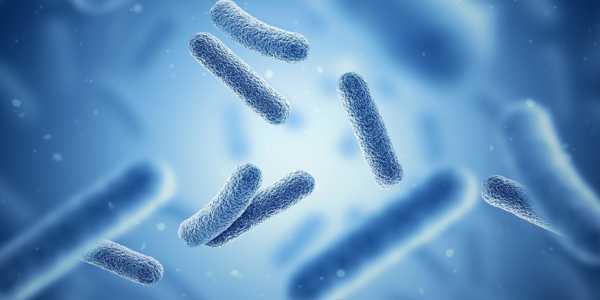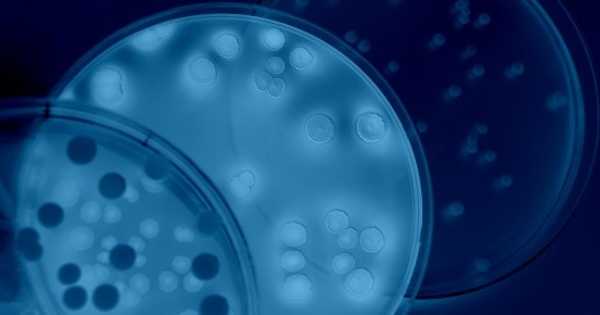In contrast to other renewable energy sources, biomass can be directly converted into liquid fuels known as “biofuels” to help meet transportation fuel needs. The two most common biofuels in use today are ethanol and biodiesel, both of which are first-generation biofuel technologies.
Buz Barstow, Ph.D. ’09, a Cornell bioengineer, is attempting to solve a major problem: how to build a low-cost, environmentally friendly, large-scale system for storing and retrieving energy from renewable sources such as wind and solar. As batteries are environmentally toxic, there are currently no sustainable methods for storing green energy.
The solution could be as simple as a bacteria called Shewanella oneidensis. The microbe absorbs electrons and uses the energy to produce essential precursors for ‘fixing’ carbon, which occurs when plants or organisms take carbon from CO2 and add it to an organic molecule, usually sugar. Barstow is working on developing a new bacteria that uses those precursor molecules to produce organic molecules such as biofuels.
In a bacterium called Shewanella oneidensis, the microbe takes electrons into its metabolism and uses the energy to make essential precursors for ‘fixing’ carbon, which occurs when plants or organisms take carbon from CO2 and add it to an organic molecule, usually a sugar.
A new study, “Identification of a Pathway for Electron Uptake in Shewanella oneidensis,” published in Communications Biology, describes for the first time a mechanism in Shewanella that allows the microbe to take energy into its system for use in the metabolism.
“There are only a very small number of microbes that can truly store renewable electricity,” said Barstow, the paper’s senior author and assistant professor of biological and environmental engineering in the College of Agriculture and Life Sciences. He went on to say that even fewer microbes can fix CO2.
“We want to make one,” Barstow explained, “and in order to do so, we need to know the genes involved in getting electrons into the cell.” The researchers used a technique called ‘knockout sudoku,’ invented by Barstow and colleagues, to inactivate genes one by one in order to determine their functions.

“We discovered that many of the genes that we already knew about for getting electrons out of the cell are also involved in getting electrons in,” Barstow explained. “Then we discovered a completely new set of genes that no one had ever seen before that are required to get electrons into the cell.”
Annette Rowe, Ph.D. ’11, an assistant professor of microbiology at the University of Cincinnati, identified the pathway through which these genes move electrons into Shewanella’s metabolism.
It turns out that the pathway for converting carbon dioxide into sugars and, ultimately, biofuels is extremely efficient, scalable, and inexpensive to run. The researchers discovered homologous genes in many different bacteria genera, leading them to believe that before life on Earth developed photosynthesis, bacteria may have used a similar pathway that used electrons from oxidizing iron to pull carbon from carbon dioxide for use in sugar production.
“Those genes will be incorporated when we build a microbe that can eat electrons, which we are doing now,” Barstow explained. He intends to begin by introducing the genes into Escherichia coli, a well-studied and easy-to-work-with bacteria. Engineered bacteria powered by electrons pave the way for the use of renewable energy in the production of biofuels, food, chemicals, and carbon sequestration.
To alleviate the pressures of energy supply and environmental contamination that humans are experiencing, there is now an intensive global effort underway to investigate natural bioresources for the production of energy storage compounds such as lipids, alcohols, hydrocarbons, and polysaccharides. Many plants have been evaluated and developed as a feedstock for bio-energy production around the world, with several crops successfully reaching industrialization.













